1 day Porto itinerary
Beautiful views, colourful houses, port wine and a UNESCO World Heritage Site city, do I need to say more about why you need to visit Porto even for one day?
Having limited PTO regulates the number of days that you spend in each city, which causes you to make difficult decisions about where to spend your time. I know your struggle all too well! Worry not, spending even 1 day in Porto is worth your precious PTO.
A little about Porto
What most of us consider to be Porto is in fact two cities Porto and Vila Nova de Gaia which is divided by the Douro River. In this blog, we will be covering both cities.
Porto is a historic city nestled along the Douro River. Its origins trace back to Roman times when it was known as Portus Cale (this name over time evolved to be Portugal, the name that the country currently has), a bustling trading post for goods flowing through the Iberian Peninsula. Over time, the city evolved into a significant maritime hub during the Age of Exploration, playing a pivotal role in Portugal's colonization of the world. The city was at the front center of the Moorish occupations to the Napoleonic invasions and Portuguese civil war.
The city's historic center, a UNESCO World Heritage Site, showcases a tapestry of architectural styles ranging from medieval to baroque, reflecting the various influences that have shaped Porto over the centuries.
Porto
A little Q&A before starting
Is Porto worth visiting?
Absolutely! If you are looking for a laid-back small city with delicious food, then Porto is for you! Porto was one of my preferred stops in Portugal, I would go back in the blink of an eye.
Don’t believe me? Porto won Europe’s Leading City Destination 2022 award by World Travel. The World Travel Awards acknowledge, reward and celebrate excellence across all key sectors of the travel, tourism and hospitality industries.
Porto is also the entrance to the breathtaking Douro Valley. The Alto Douro Wine Region is a UNESCO World Heritage Site because it is the world’s oldest wine region having been in production here for around 2,000 years.
Is 1 Day in Porto Enough?
Yes and no. This isn’t probably the answer you were looking for but bear with me. I would say that to really get into the vibe of the city, I would suggest spending two days but you can definitely enjoy the city in 1 day. The city does not have a TON of things to do and you can do a quick visit all all the main landmarks in one day without a problem.
Is Porto worth a day trip from Lisbon?
Porto is 3 hours away from Lisbon. My personal day trip rule is that it needs to be under 2-3 hours since more than that you will spend all your time in transit and not in the city. This day trip allows you to be a good 8 hours in Porto. The 2 cities are very different, I personally liked Porto more than Lisbon while my hubby liked Lisbon better.
I particularly liked that Porto was less crowded and was less of a party scene, Lisbon at times felt that it had a rowdy spring break vibe. Also, Porto was a bit cheaper than Lisbon.
Views of Porto from the Luis I Bridge
1 day Porto itinerary
If you only have one day in Porto, I would suggest these must-do. If you continue reading, you will have the details of each attraction.
Your first stop should be the Old Town where you can admire the beautiful architecture and really immerse yourself in the center of the city with the many attractions.
On your second stop, I would take the sightseeing cruise by the river to enjoy the city from another perspective and to learn a little about its history.
For lunch, I would suggest delighting in the Francesinha.
In the afternoon, I would cross over the bridge and visit Vila Nova de Gaia.
Do port wine tasting!
Enjoy the views from the many viewpoints at sunset.
Have a light supper by the riverfront.
As you can see if you only have 24 hours in Porto you can still fit a lot in.
Views of the Duouro River and boat to do a River cruise
Things to do in Porto
You can pick and choose in this list that fits your preferences.
Stroll through the neighbourhoods
Even if you don’t have a defined itinerary of all the attractions you want to hit, just get lost in the streets and enjoy the architecture and the charm of Porto.
Ribeira is the most beautiful neighbourhood with its old town, medieval harbour and riverfront. The houses are colourful and it is also the most lively part of the city with all the bars and restaurants. This is the part of the city that is designated as a UNESCO World Heritage Site. The riverfront is called Cais de Ribeira.
The Sé is the oldest district of the city. This is right next to Ribeira and is where you will find the Cathedral of Porto. This is the highest point in the city so don’t forget to stop and admire the view. This is where you will find most of the medieval architecture. To learn more about the history, you can take a walking tour.
From here, you can walk over the Bolhão area which is comprised of the streets surrounding the most important municipal market in the city, Mercado do Bolhão.
Psst: The market has been closed since 2022 for renovations.
The trendiest hood is Cedofeita which has a mix of old charm and hip vibe. The neighbourhood has plenty of art galleries and boutiques. If you happen to be visiting on the first Saturday of each month, there are simultaneous openings of exhibitions held in the galleries.
Chase the azulejo tilework
Azulejos are iconic ornaments of Portugal and Porto has astonishing artwork.
The azulejos are hand-painted ceramic tiles. The word is derived from the Arabic, meaning “small, polished stone.” It was brought to the Iberian Peninsula by the Moors, and the tiles spread quickly throughout. The ceramic found in Porto is usually blue and white and depicts the Saints' lives or portrays Portuguese history.
Where to find them?
The train station of São Bento, in the city centre, is a prime spot. The station has 20,000 hand-painted tiles by Jorge Colaço. They illustrate daily life and significant moments in the country’s history. So if you are arriving by train to the city be sure to admire them. If not, the station is perfectly located for you to stop at this famous landmark.
A few minutes from the station, you will find the church of Santo Ildefonso. This church has 11,000 tiles also created by Jorge Colaço. The tiles were added to the exterior of the Baroque church in 1932.
Another church, Capela das Almas, is completely covered with tiles depicting the lives of Saint Francis of Assisi and Saint Catherine of Alexandria.
You also have the gothic churches of Igreja do Carmo & Igreja dos Carmelitas to admire the ceramics.
Porto Cathedral was built in the 12th century but renovated throughout history, making it one of the oldest buildings in Porto. The inside is a mix of different styles such as Baroque, Romanesque, and Gothic architectural styles. The Cathedral is free to visit, while a ticket to its cloister costs €3. What makes the Gothic cloister worth the visit? It is the Azulejos depicting scenes from the Bible that date back to the 14th century.
Whether you are religious or not or if you wish to enter or not, these are worth the stop to admire the artwork.
Torre dos Clérigos
If you love beautiful birds-eye views of cities, then Torre dos Clerigos needs to be on your list. The 75 metre is at the baroque Catholic church of the same name. The entrance to the tower and the museum is 8 euros. The church on the other hand is free to enter. To get to the top of the tower you will need to climb 240 steps! Hello, leg day!
So be sure to do it after your Pasteis de Nata! Or before, whatever makes you feel better.
If you want to do this activity, be sure to buy your tickets in advance since it is very popular and it has a set number of people and goes up per day.
Livraria Lello
Dubbed one of the most beautiful libraries in the world, Livraria Lello is in a beautiful art nouveau and gothic revival architecture building with an astonishing staircase and plenty of details to admire. The building was constructed in 1881.
This library is extremely popular due to the alleged connection to the famous Harry Potter books. People claim that it inspired the Hogwarts Library. This, however, is false, JK Rowling debunked this in a tweet chain clarifying things that inspired her. when writing the saga.
The bookstore is extremely crowded, you will have to pay 8 euros (which is deductible from the purchase of a book), and you will have to wait in line for several minutes. Is it worth the visit? I decided not to go there but I will leave it up to you. If you don’t want to stay in line, you can buy the tickets online with a precise date and hour.
Do a river cruise
If you like a pleasant calm activity you can take a river cruise down the Douro which will give you beautiful vistas of the city and its surroundings. The river played a very important role in the city's history so as touristy as it sounds this can be a great activity.
You will be able to see Rabelo boats (a traditional Portuguese wooden cargo boat used to transport people and goods along the Douro River) up close.
There are different companies and routes that you can take. We decided not to do this since I get seasick with every boat.
Ponte Luis I
The iconic bridge connects the 2 cities Porto and Vila Nova de Gaia. The bridge was designed by German architect Téophile Seyrig, a disciple of French engineer Alexandre Gustave Eiffel (the designer of the Eiffel Tower). It was completed in 1886 and at the time it was an engineering marvel since it was the longest-spanning metal bridge in the world.
The upper level of the bridge carries a metro line and a pedestrian walkway, while the lower level is for cars and pedestrians.
The bridge offers great views over the city and the river and it of course brings you to Vila Nova de Gaia for port wine tasting.
Ponte Luis I & Vila Nova de Gaia
Street art
Surprisingly for a medieval and historic city, Porto has plenty of street art! Like any street art, you will be able to see just by walking around. There are a few that caught my attention like the giant blue cat on Rua das Flores and I also loved the Half Rabbit in Vila Nova de Gaia. The art installation is made from trash and repurposed materials. The artist Bordallo II aims to do a critique of society’s wastefulness.
Chase the viewpoints
Porto has several great viewpoints. These are great places to enjoy the sunset. Miradouro da Vitória is located on the top of a hill in the heart of Old Town, the viewing platform is completely free to visit. From here, you will be able to see the city’s major landmarks, including the Cathedral, Bishops Palace, Douro River, and Dom Luis I Bridge.
On the other side of the river, you have the Miradouros of Vila Nova de Gaia, Miradouro da Ribeira and Miradouro do Teleférico are also nearby. All of them offer astonishing views of the river, the bridge and Porto.
The best views and sunsets are in the Morro Garden. The viewpoint is also a great park to relax and maybe have a picnic, you can buy things from the vendors onsite. The garden belongs to the Mosteiro da Serra do Pilar. The round Monastery was declared a UNESCO World Heritage Site. The monastery was transformed into a military building and you cannot visit it.
The viewpoints on the other side of the river were my favourite since you get to see Porto from the other side.
Cable car
To get some rest, take the Gaia Cable Car to reach the waterfront. The city is very hilly and while the ride is only 5 minutes, it will save you a lot of minutes of walking and it can be a great way to save time since you are on the clock but also it gives great views. The ride is a bit expensive as it is €6 per person.
Museums
While in just 1 day you won’t be able to enjoy the city’s museum, I’m adding this recommendation in case you really love museums or it is a rainy day. The city has more than 16 museums, from the FC Museum to the Modern Art Museum to the Gallery of Biodiversity. On the first Sunday of the month from 10 am to 1 pm, all the museums in Porto have free entrance. Heads up, this might mean that the museums are super crowded during that period.
Port Tasting in Vila Nova de Gaia
Now to the good stuff!
If you don’t like Port wine, I will still recommend doing at least one tasting. Chances are that you might have not tried a quality wine. If you still find it too sweet then you should try my new favourite drink Port & Tonic and turns the sweetness down and the tonic makes it very refreshing, perfect to sip on a terrace on a sunny day.
First, what is Port Wine?
This fortified wine is unique to Porto, hence the name.
All the lodges are on the port of Vila Nova de Gaia along the Douro River.
The production of fortified wine dates back to the 17th century. The British merchants liked the quality of the wines in the Douro region (who doesn’t?) so they established strong trade links with Porto to export the wine. However, the long sea travel made it difficult to stabilize some of the wines that were not very refined at the time. The British then decided that by fortifying the wines with the addition of a neutral grape spirit they would overcome the challenges of keeping the wines at the desired quality, hence creating the Port wine!
This is the reason why you will see plenty of English brands in the Port wine business.
There are two types of red port (tawny and ruby), dry and sweet whites, and even a rosé port. Just like other spirits, the older the wine is the pricier it gets. So be sure to get tasting flights on your tour so you can taste the different flavours of each one.
Which lodges to choose on your visit?
I will leave this to you to do a little research, some of them offer different activities. For example, Porto Cruz Space has interactive exhibits on the Douro Valley, wine tastings with a Sommelier, and a Terrace bar with great views of the city. Sandeman has been around for the past 200 years and has one of the most impressive and significant wine bottle collections in Europe in its wine cellar.
Others offer premium tastings so you can really get an idea of their top ports. While others offer food and wine pairing. I tried a chocolate and port pairing which was delicious!
Many of the port lodges offer tours and tastings for visitors. Some lodges you can simply walk up to and join a tour, while others require advanced booking. We didn’t reserve any tours just sat on the terrace and enjoyed a tasting flight.
Kopke is the oldest Port House. While Cálem, Graham’s, Taylor’s and Caves Ferreira are very popular.
Still looking for other things to do?
Palacio da Bolsa is the stock exchange palace of Porto dates back to the 19th century. To visit the palace you will need to do a guided tour. Why go? The interior is beautiful, especially the Arab room.
If Botanical gardens are your thing, then the beautiful Crystal Palace Gardens should be on your list. The palace was built in 1865 as a greenhouse and today it is a botanical garden under the dome of glass and ironwork.
Take a walk in the coastal district of Fo. To get there you need to go down to Passeio Alegre is the last stop of the tram 1 and 18. The coastal trail runs for a few kilometres and you will be able to see the dilapidated fortress 'Fortaleza de São João da Foz' and 'Molhe e Farolim de Felgueiras', which is a dike with a lighthouse. The trail also takes you to the beaches of Praia dos Ingleses and Praia da Luz, Queijo fortress and the Sea Life Aquarium of Porto. The last suggestion is to visit the WOW (World of Wine) Cultural District, a mix of museums, restaurants and bars about the story of Porto's port wine industry.
Where to eat and drink in Porto
Café Majestic
If you are a Harry Potter fan, then this stop is for you. JK Rowling did actually write a section of the beloved books here.
This café was a hotspot in the 1920s for being a hangout for politicians, writers and intellectuals. The Belle époque café is beautiful with marble tables, the piano and the chandelier. The coffee as you might expect is more expensive than in other places.
Francesinha
The francesinha is a Porto delicacy. The francesinha (it translates to the Frenchie) is a huge sandwich filled with sausage, steak and ham, covered in a special beer sauce and topped with a fried egg and cheese. It is usually served with fries. The story goes that it is a French national who brought the sandwich. It is Portugal’s version of the croque monsieur, hence the name.
We recommend eating it at Café Santiago. The cafe has been open for decades. Heads up, there might be a waiting line to eat there. The café offers other things than the sandwich. If you are not a meat eater, there are some vegetarian and vegan options as well.
Other recommendations
Bifana, well-seasoned pork is served in a crusty bread roll. The Conga restaurant is the place to try this.
Other than the Francesinha, you can try Bacalhau (cod) some of the popular plates are bacalhau com natas with a cream and potato sauce, bacalhau à Braga (fried fish with chunky potato slices) and bolinhos de bacalhau, fritters made with potato and salted cod.
The Alheira are sausages made with poultry or bread instead of pork were invented by the Jewish community when hiding from persecution.
You can taste these plates everywhere in the city.
At night, I suggest going to Wine Quay Bar. The Wine bar has great views of the port, they offer a great selection of Portuguese wines and have small plates to share. This is the perfect place to close your Porto day, especially if you want a light supper after eating the Francesinha.
Practical tips for your one day in Porto Portugal
Best time to visit Porto?
Portugal is becoming a very popular destination and Summer crowds are getting larger and larger every year.
The best time to visit Porto is during shoulder season, meaning May-June or September to early October. You’ll still have nice warm weather but you will avoid the crowds.
The winter months can be a bit chilly, especially with its wind but also a great moment to visit.
GETTING IN AND OUT OF THE CITY
By Plane
Porto has an airport Francisco Sá Carneiro Airport or simply Porto Airport (OPO). The airport is located 11 km northwest of Porto’s city center. The airport is directly connected to the metro Line E. The journey takes about 25-30 minutes, and trains run every 20-30 minutes, depending on the time of day.
By Train
Intercidades trains and Alfa Pendular run between most major cities and towns in Portugal.
The high-speed and intercity trains arrive at Porto’s Campanhã station in the city’s east. From here, you’ll need to connect to a 5-minute local train to São Bento station in the historic city center.
GETTING AROUND
The city is very compact (from coast to coast it runs for 11km) and you can do everything on foot. Heads up, the city is very hilly and I would suggest that you wear comfortable walking shoes.
If you have mobility issues or get tired of going up and down, the city luckily has great public transportation (like every European city) with a network of metro, buses, trolleys, and trams. The network is called Sociedade de Transportes Colectivos do Porto (STCP).
The network has a 24-hour ticket that costs 7 Euros (not valid on vintage trams and funiculars) that you can use in your 1-day tour. If you want to take the vintage trams, you will need to pay 5 Euros per trip.
Another great option to get around Porto is to rent a bike.
I would advise against driving around. If you are doing a Portugal road trip, I would suggest leaving your car in a parking lot and exploring the city on foot.
TAP WATER
You can drink tap water so ditch your plastic bottle and fill your reusable bottle at the hotel. Remember that in Europe you need to pay for water in restaurants and cafes.
POWER
Portugal has two plug types, types C and F. Portugal operates on a 230V supply voltage and 50Hz. So don’t forget your adapter if you are coming from North America.
Is Porto safe?
Porto is a very safe city to travel to with little crime.
How would you spend one day in Porto? Share your thoughts with me by commenting below.
Do you like the content? Why not help me by buying me a virtual cup of tea?
PIN IT FOR LATER!
Everything you need to spend the perfect day in Porto. This one day itinerary guide gives you all the things to and where to eat in Porto #porto #portugal





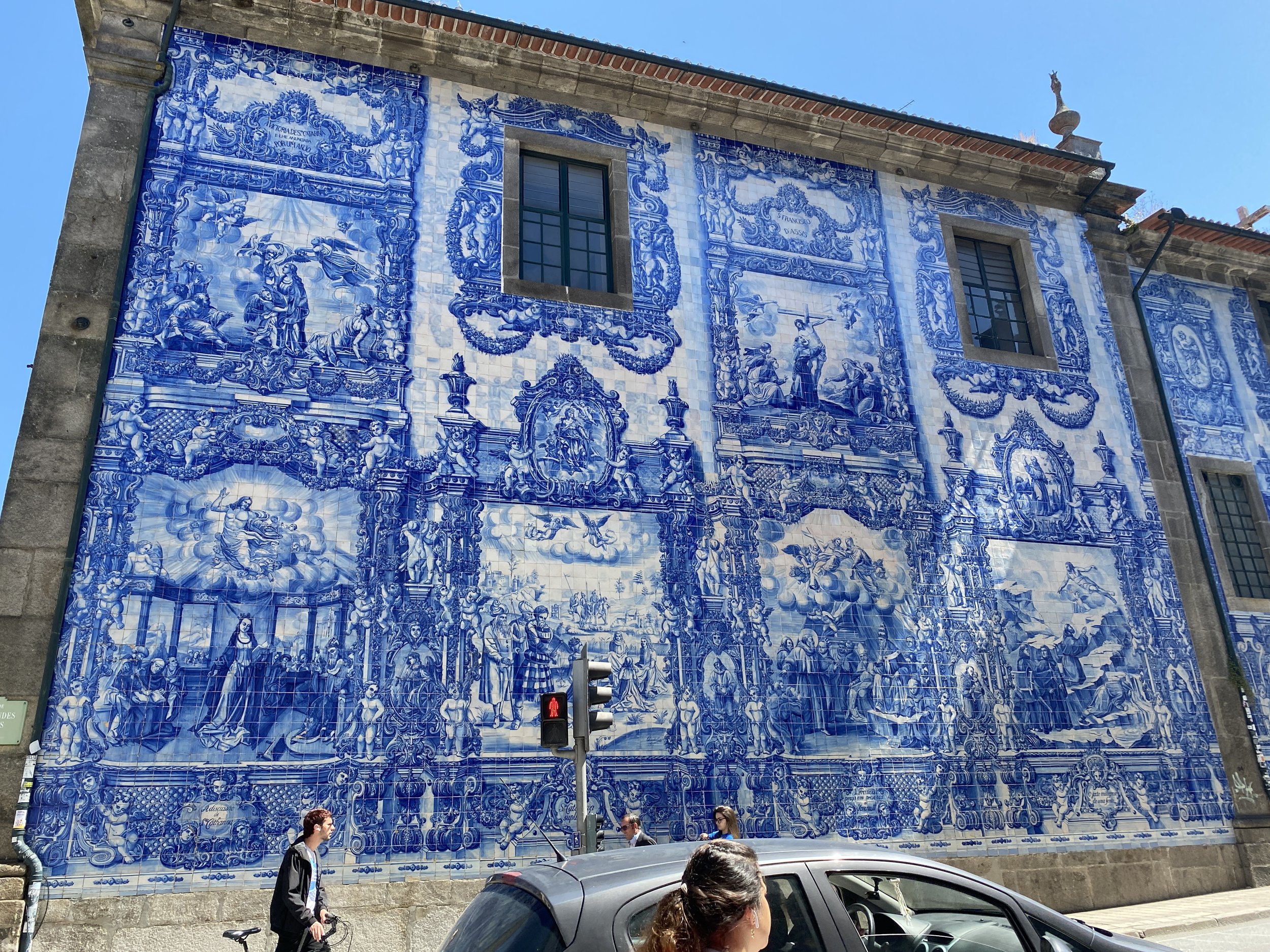

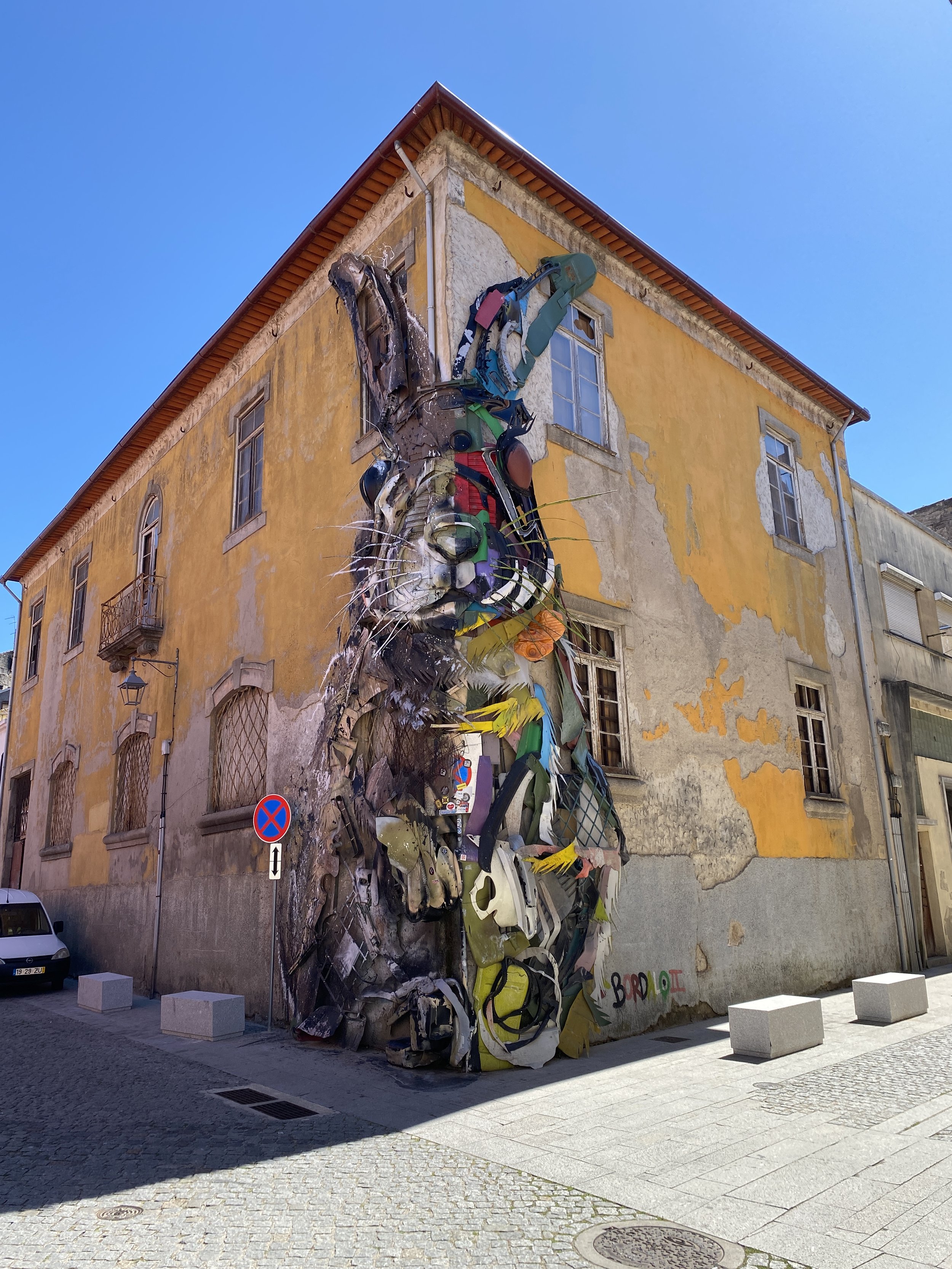
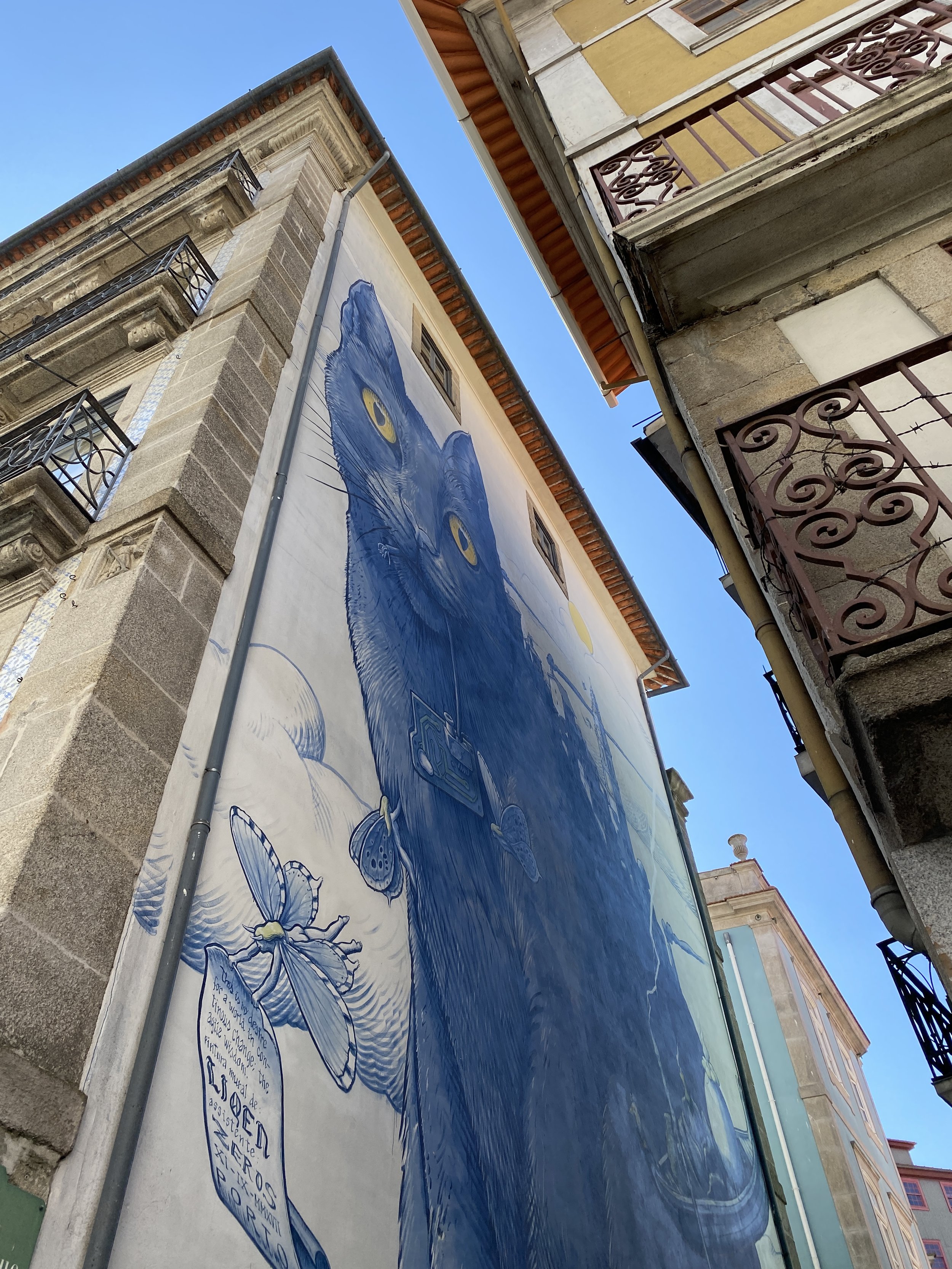

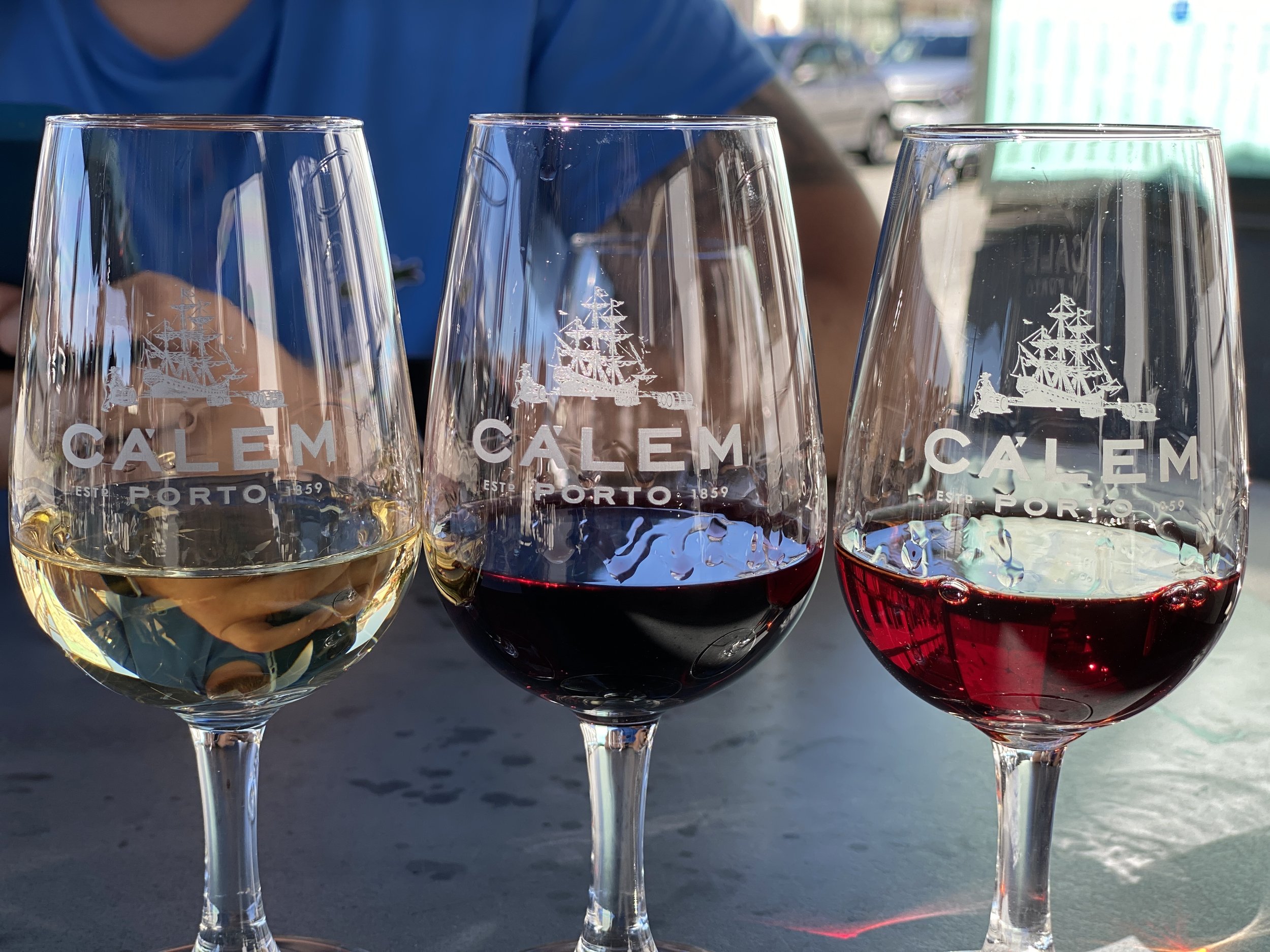

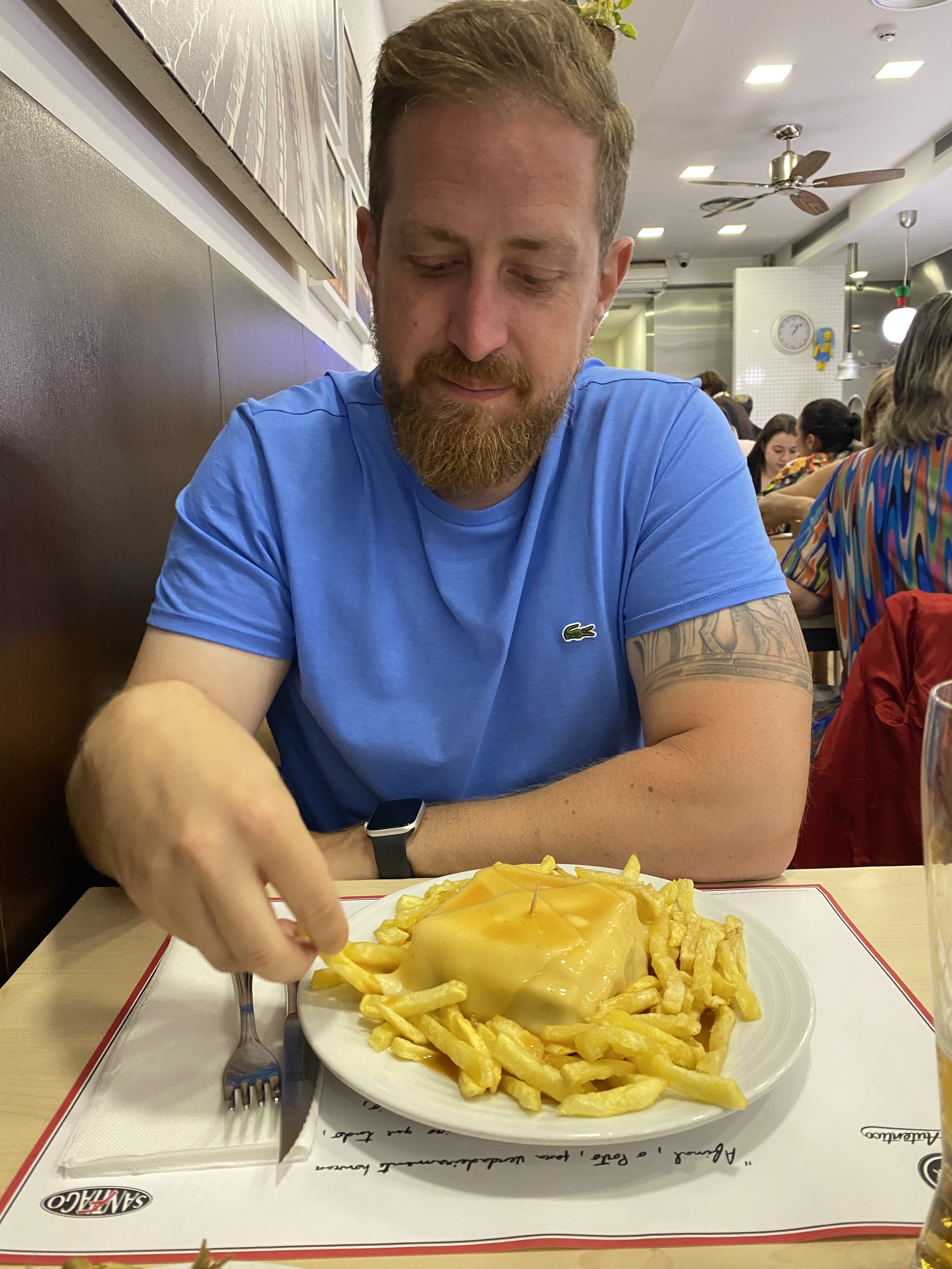

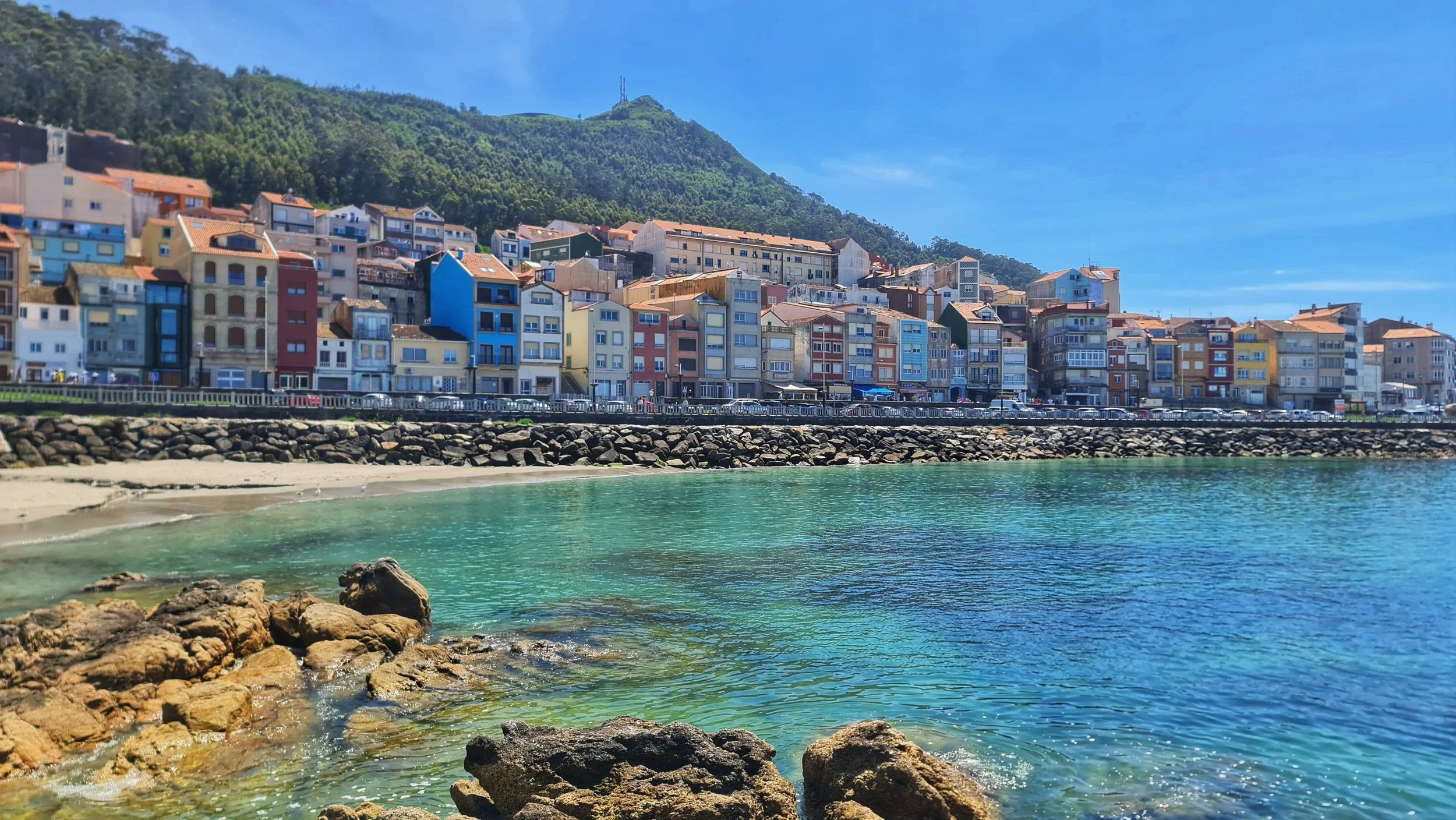

December is a magical month to travel, offering both festive holiday vibes and warm escapes. For winter lovers, snowy landscapes and Christmas markets bring cozy cheer. For those seeking sun, there are tropical beaches and vibrant cultures to explore. This guide highlights the best countries to visit in December, from snowy wonderlands to sunny retreats, each offering unforgettable experiences.